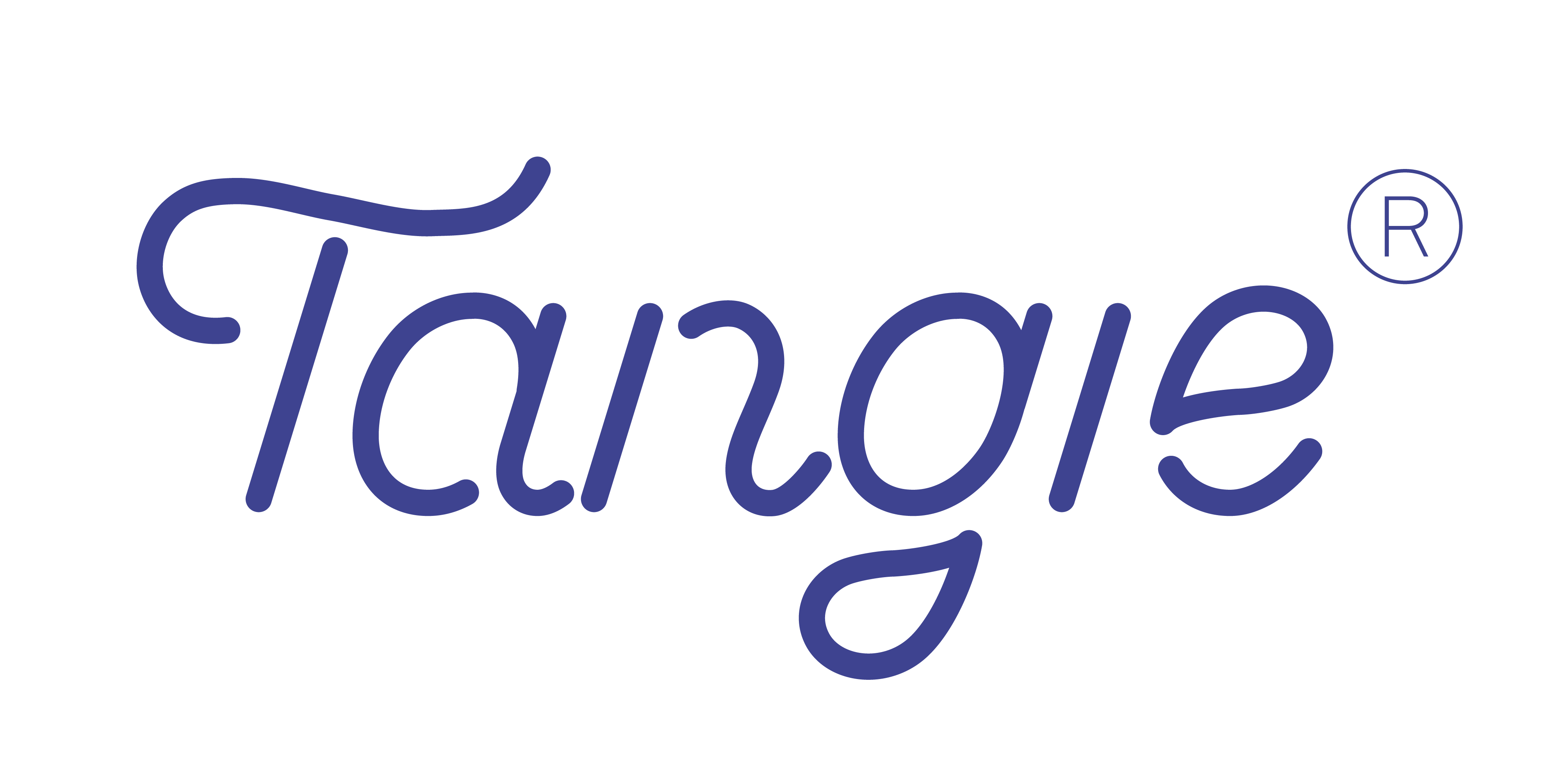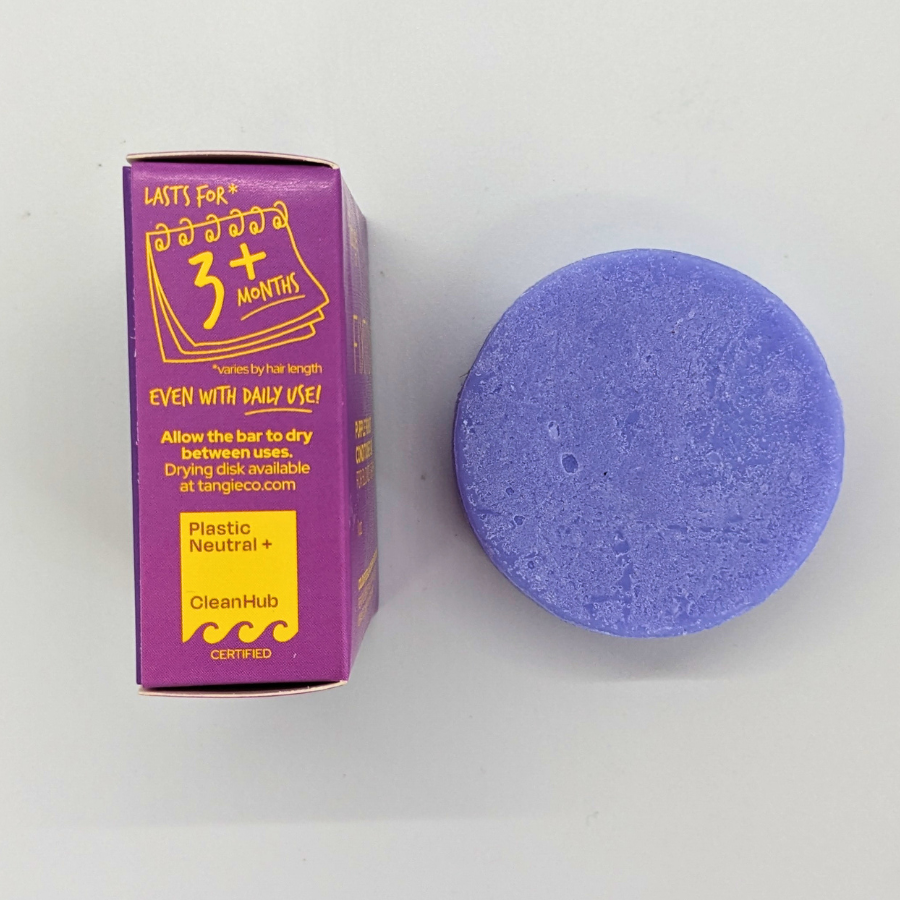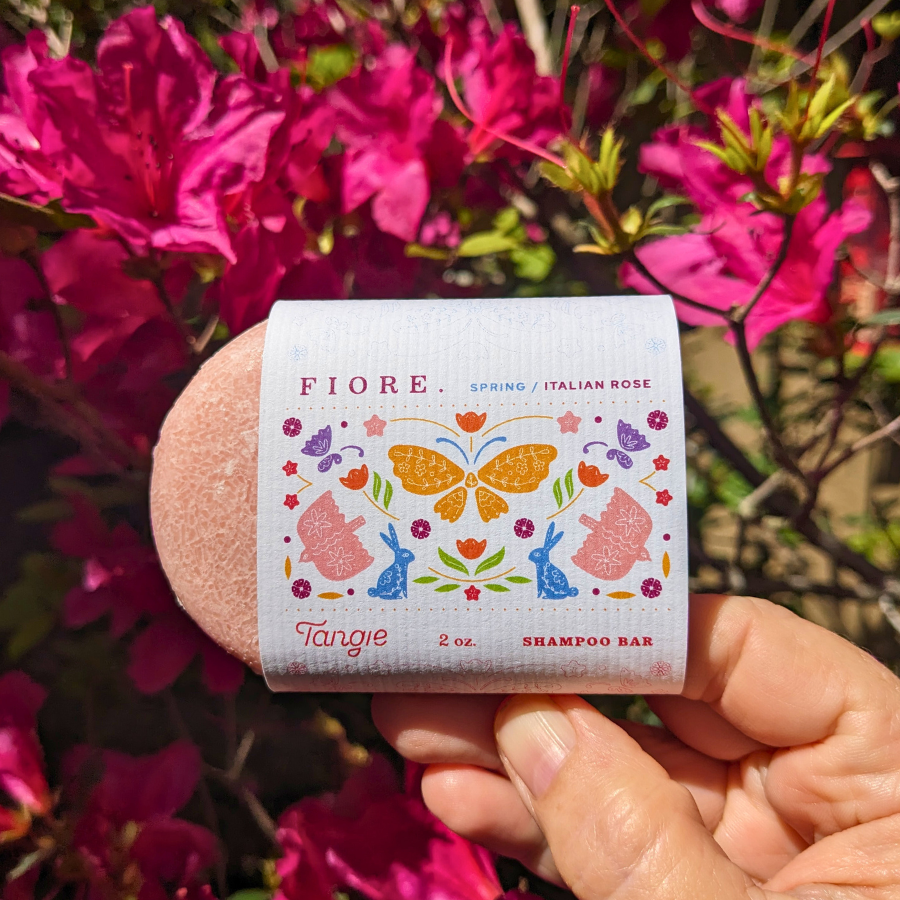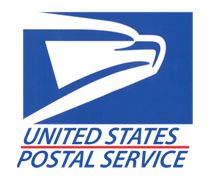What Are Common Parabens In Your Personal Care Products?

“I was applying my favorite moisturizer when I noticed it had this ingredient: parabens. Should I be worried?”
We get questions like this all the time. Maybe you’ve spotted parabens or other mystery ingredients on your favorite products and thought, “What does this even mean?” For a lot of people, that moment of curiosity opens the door to realizing just how much goes into the products we use every day—and how little we know about them.
In this article, we will learn about:
- What Are Parabens
– Do Parabens Cause Hormonal Problems? - Alternatives To Parabens
- How To Avoid Products Without Parabens
What Are Parabens In Your Personal Care Products?
Scientifically speaking, parabens are a group of synthetic compounds derived from para-hydroxybenzoic acid. They’ve been used since the 1920s as preservatives, helping to prevent the growth of harmful bacteria, mold, and yeast in cosmetics and skincare products. Without preservatives like parabens, products could spoil quickly, especially since many of them contain water — the perfect breeding ground for microbes.
Common types you might see are methylparaben, propylparaben, butylparaben, and ethylparaben. They’re effective, inexpensive, and have been considered safe for decades, but in recent years, they’ve come under a lot of scrutiny.
Here’s where the conversation gets a bit more complicated. Some studies have found trace amounts of parabens in breast tumor tissue, which raised concerns about a possible link to cancer.
Today, a lot of brands proudly label their products as “paraben-free,” catering to consumers who prefer to minimize potential risks. If you’re concerned, switching to paraben-free products is easier than ever.
In short, parabens help keep your products fresh and safe, but ongoing debates about their long-term effects mean it’s smart to stay informed and choose products that align with your comfort level.
Found In
- Shampoos
- Conditioners
- Lotions
- Facial and shower cleansers and scrubs
What To Look For on the Label
- Ethylparaben
- Butylparaben
- Methylparaben
- Propylparaben
- Isobutylparaben
- Isopropylparaben
- Other ingredients ending in –paraben
Health Issues Associated With Parabens
Endocrine disruption: Parabens have the potential to disrupt endocrine function by mimicking estrogen. Research involving cells has shown that parabens can weakly attach to estrogen receptors. Experiments indicate that at high enough concentrations, parabens can promote cell growth in human breast cancer MCF-7 cells, which are commonly used as a sensitive indicator of estrogenic activity.
Among these parabens, isopropyl- and isobutyl parabens exhibit the strongest proliferative effects, although their potency is approximately 170,000 times lower than that of estradiol.
The so-called “long chain” parabens (including butylparaben, isobutylparaben, isopropylparaben, and propylparaben) demonstrate the highest estrogenic activity among commonly used personal care products. A study on prenatal exposure to isobutylparaben in rats revealed an increase in uterus weight and heightened sensitivity to estrogen in the offspring.
Ethylparaben showed reduced estrogenic activity, while methylparaben exhibited virtually no estrogenic activity. Apart from their direct effects on estrogen, parabens may also interfere with androgens (like testosterone) and inhibit enzymes that process estrogen.
The Endocrine Disruption Exchange categorizes methylparaben, ethylparaben, propylparaben, butylparaben, isopropylparaben, and isobutylparaben as endocrine disruptors due to the diverse effects mentioned previously.
Skin Cancer: Using personal care products that contain parabens, particularly methylparaben, can cause UV-related damage to skin cells and disrupt cell growth rates. Regular application can result in higher levels of methylparaben, since it is not completely metabolized.
Furthermore, parabens in combination with other estrogenic substances may have the potential to affect the onset of malignant melanoma, a specific type of skin cancer, through their estrogenic and genotoxic properties.
Developmental and reproductive toxicity: Propyl and butyl parabens seem to decrease sperm production and lower testosterone levels, while methyl and ethyl parabens do not influence sperm production. These effects appear to depend on the dosage.
Additionally, one study indicated that maternal exposure to butylparaben during pregnancy and breastfeeding can modify the development of reproductive organs and sperm production. Generally, propyl- and butylparabens disproportionately disrupt the male reproductive system and influence reproductive organs, consistent with their noted estrogenic activity.
Laboratory data suggest that maternal exposure to isobutylparaben during pregnancy can result in anxiety and behavioral changes in offspring.
Studies Associated With Parabens
| Study Title | Authors | Published In | Summary |
|---|---|---|---|
| Parabens and their impact on human health: A review | Darbre, P. D. | Journal of Applied Toxicology (2003) | Reviews the potential endocrine-disrupting effects of parabens, particularly their mimicry of estrogen. |
| Absorption of parabens through human skin | Oishi, S. | Journal of Toxicology and Environmental Health (2001) | Investigates how parabens are absorbed through the skin and their potential systemic effects. |
| Detection of parabens in human breast tumors | Byford, J. et al. | Journal of Applied Toxicology (2012) | Found traces of parabens in breast tissue samples, raising concerns about their role in breast cancer. |
| Parabens and male reproductive health: A review | Meeker, J. D. et al. | Environmental Health Perspectives (2009) | Discusses associations between parabens and male reproductive health issues, including sperm quality. |
| Contact allergy to parabens | Hædersdal, M. et al. | Contact Dermatitis (2009) | Investigate how parabens are absorbed through the skin and their potential systemic effects. |
Do Parabens Cause Hormonal Problems?
At first glance, parabens might seem like a skincare superingredient, keeping products fresh and bacteria-free. But if you’ve heard whispers (or shouts) about why parabens are a problem, you’re not imagining it. There’s real scientific reasoning behind the concern.
Parabens are synthetic chemicals used as preservatives in cosmetics, skincare, and even some foods. They work by stopping the growth of mold, yeast, and bacteria, which is undeniably helpful. The issue is that parabens can be absorbed through the skin and have been detected in human tissues, including breast tumors. This raised a big, red flag in the scientific community.
| Parabens & Estrogen Parabens can mimic estrogen, a hormone naturally found in our bodies. Even in small amounts, this “hormone disruption” has the potential to interfere with normal hormone function. Estrogen fuels certain breast cancers. Traces of parabens have been identified in breast tumor samples, raising concern about whether local “estrogenic” activity could contribute to tumor growth. Scientific consensus hasn’t declared parabens a direct carcinogen or fertility toxin, but the estrogenic action is real. Many regulatory bodies cap allowable paraben concentrations, and “paraben-free” labels proliferate. Source: National Library of Medicine |
Although no study has conclusively proven that parabens cause cancer, the fact that they act like estrogen in the body makes many experts uneasy. There’s also concern about their potential impact on fertility and developmental health, especially with continuous exposure from multiple daily products — think shampoo, lotion, makeup, and deodorant, all adding up.
Adding to the problem is that regulations on cosmetic ingredients are relatively loose in many countries. So, while parabens are considered “safe in small amounts,” many people don’t want to take the risk, especially when alternatives are available.
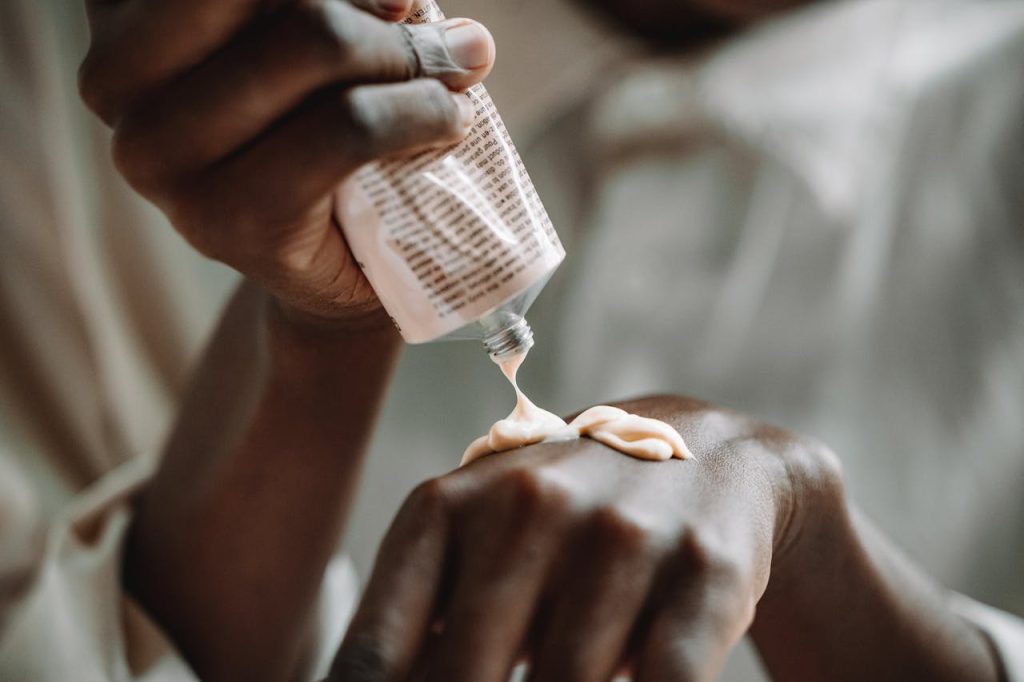
This hormone interference has been connected to everything from reproductive issues to an increased risk of certain cancers. That’s not exactly something you want to slather on your skin daily.
Does The FDA Oversee The Use of Preservatives in Cosmetics?
The FDA does not have specific regulations solely for preservatives in cosmetics. According to the Federal Food, Drug, and Cosmetic Act (FD&C Act), cosmetic products and their ingredients, except for color additives, do not require prior approval from the FDA before being marketed. However, it is illegal to sell a cosmetic in interstate commerce if it is deemed adulterated or misbranded.
This means that cosmetics must be safe for consumers when used as directed on the label or in a typical manner, and they must be accurately labeled. The FDA can take action against cosmetics in the market that fail to comply with the laws under its jurisdiction.
Nonetheless, to initiate action against a cosmetic based on safety concerns, there must be credible scientific evidence demonstrating that the product is harmful when used according to the label instructions or in the usual manner.
Alternatives To Parabens
When you’ve decided to ditch parabens, you’ll find plenty of scientifically backed—and skin-friendly—alternatives standing by. These preservatives keep your lotions, shampoos, and creams safe from microbial growth without triggering hormone-mimicking concerns.
First up is phenoxyethanol, a broad-spectrum agent that protects against bacteria and yeast. It’s often blended at low concentrations (usually ≤1%) and tends to be well-tolerated, although sensitive skin types should patch-test.
Ethylhexylglycerin is another multitasker: it boosts preservative efficacy and offers mild moisturizing properties, making it a dual-purpose additive.
For those who prefer food-grade options, sodium benzoate and potassium sorbate are your go-tos. Naturally derived from benzoic and sorbic acids, respectively, they’re effective against yeasts and molds, especially in formulations with a pH below 5.0.
If you’re creating a slightly more alkaline product, you might combine sodium benzoate with potassium sorbate for broader coverage.
Finally, gluconolactone, often paired with sodium benzoate, brings antioxidant benefits, chelates metals (which can destabilize products), and provides gentle preservation. It’s particularly popular in “clean” or “natural” skincare lines.
Keep in mind that no single preservative is a silver bullet—formulators frequently use combinations to achieve broad-spectrum protection while respecting pH, scent, and skin-feel requirements. Always check the recommended usage levels, stay within regulatory guidelines, and perform microbiological testing to ensure both safety and shelf-life.
| Alternative | Source Origin | Spectrum of Activity | Typical Usage Level | Special Notes |
|---|---|---|---|---|
| Phenoxyethanol | Synthetic | Broad (bacteria, yeast) | 0.5–1.0% | Widely tolerated; patch-test sensitive skin |
| Ethylhexylglycerin | Synthetic | Synergist + mild boost | 0.3–1.0% | Also a conditioning agent |
| Sodium Benzoate | Benzoic acid (food) | Yeasts, molds | 0.1–0.5% | Best at pH <5; natural-label friendly |
| Potassium Sorbate | Sorbic acid (food) | Yeasts, molds | 0.1–0.3% | Often paired with sodium benzoate |
| Gluconolactone + SB | Gluconic acid (corn) | Broad + chelating | 0.5–1.0% combined | Antioxidant benefits; “clean” appeal |
How Do You Go Paraben Free?
When you’ve decided to cut parabens out of your routine, a little label-reading and savvy shopping go a long way. Here’s how to spot—and avoid—products that sneak in those “paraben” preservatives, plus naturally inspired options infused with essential oils.
First, inspect ingredient lists. Parabens usually end in “paraben” (methyl, propyl, butyl, ethyl). If you see any of those, move on. Next, favor reputable “clean” or eco-certified brands; they often guarantee paraben-free formulations and adhere to strict ingredient standards.
Second, use mobile apps like ThinkDirty or EWG’s Skin Deep. Scan barcodes to instantly see whether a product is paraben-free (and check for other unwanted nasties).
Third, embrace natural preservative systems. Many formulations rely on plant-derived alternatives—think fermented sugars, organic acids, or essential-oil blends that inhibit microbial growth. Essential oils such as tea tree, rosemary, and grapefruit seed extract not only add fragrance but also bring mild antimicrobial properties. Just remember: essential oils alone rarely deliver broad-spectrum preservation, so look for products where they’re combined with other bio-preservatives.
Finally, check pH and packaging. Products in air-tight pumps or tubes reduce contamination risks, meaning formulators can opt for gentler preservative systems. Lower pH (around 4–5) also makes it harder for bacteria and fungi to thrive.
By combining smart label-reading, clean-beauty certifications, and formulations that pair essential oils with other natural preservatives, you’ll keep your skincare arsenal both effective and paraben-free.
Good news: You don’t have to overhaul your entire bathroom cabinet overnight. Here are a few steps to get started:
| 3-Step Process To Go Paraben Free Read Labels & Ingredients List: Look for products labeled as paraben-free, phthalate-free, and free of synthetic fragrances. Simplify Your Routine: Fewer products mean fewer chances for harmful ingredients to sneak in. Choose Trusted Brands: Look for companies that are transparent about their ingredients and committed to safer, cleaner formulations. |
We’ve Got You Covered
It’s time to take control of what we put on our bodies. By switching to non-toxic personal care products, you can protect yourself from hormone-disrupting chemicals and live a healthier life. 🌱
If you’re ready to make the switch, check out Tangie’s shop for safe, effective products that won’t disrupt your hormones.
At Tangie, we’re here to help you navigate all this. We’re committed to creating products that work for your body, not against it, and we’re always happy to answer your questions. Let’s take the guesswork out of choosing safer, healthier options.
Got more questions?
Let’s talk! We’re always here to help you make informed, confident choices. 💚
Xo Angie Ringler
 Save $$ every time you buy Tangie bar
Save $$ every time you buy Tangie bar